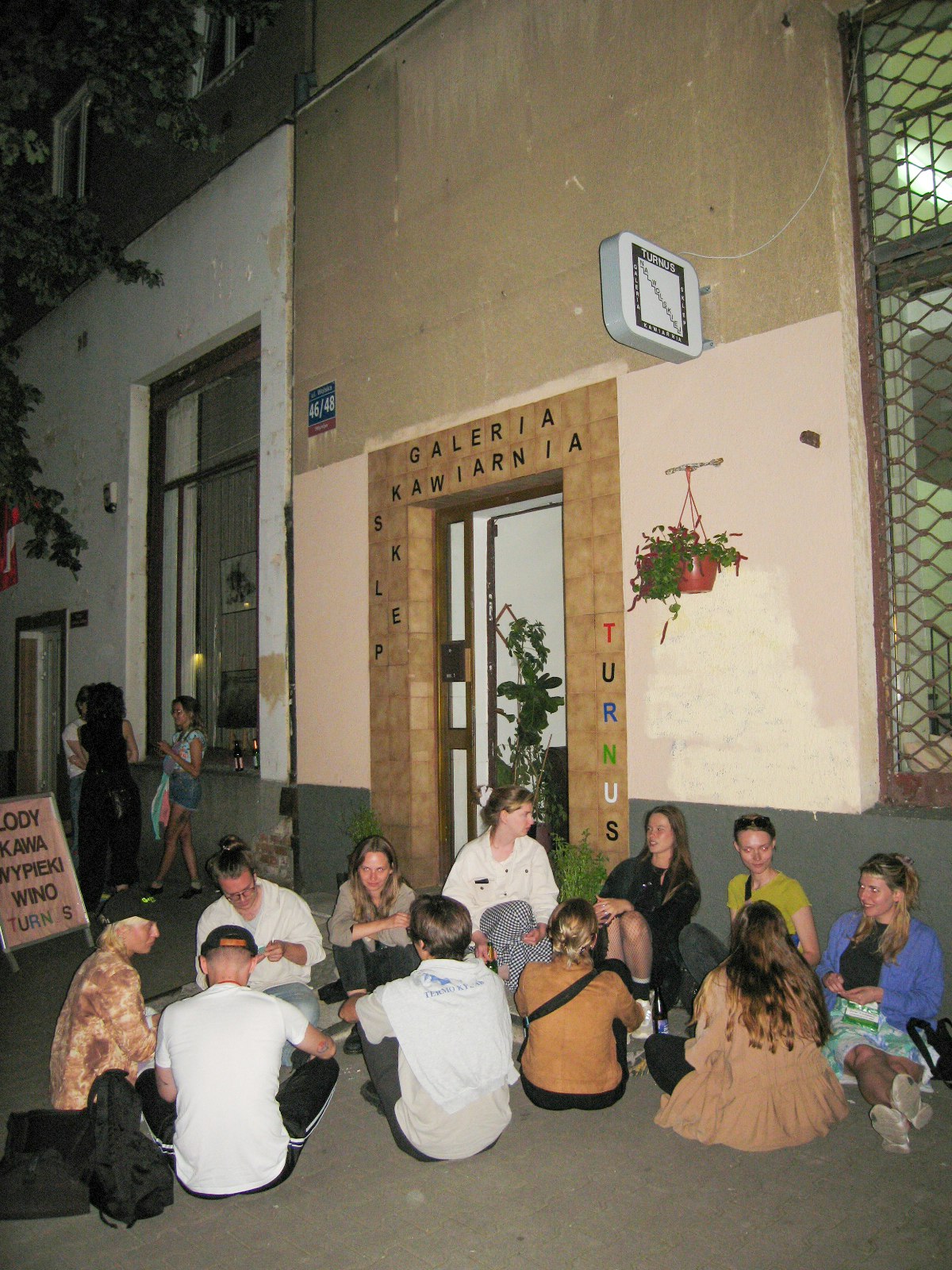From the top floor of Warsaw’s sleek new Museum of Modern Art, you get a great view of the modern skyline of this ugly, energetic city. It’s a view that’s been transformed since my last visit, 20 years ago.
Then as now, this skyline is dominated by the gigantic Palace of Culture and Science — a flamboyant, bombastic building which epitomises that so-bad-it’s-brilliant architectural style known as Stalinist Wedding Cake. This “gift” from Stalin to the Polish people, an intimidating symbol of Poland’s Soviet vassalage, used to stand alone amidst a vast, windswept square (how come communists the world over can never get enough of windswept squares?). Now it’s crowded out by the monoliths of a new empire — glitzy capitalist skyscrapers adorned with western brand names. It’s a symbol of a seismic shift that once seemed inconceivable — Warsaw is a city that now looks west, not east.
Naturally, by and large, this is a thoroughly good thing. With the Russian bear awake again, after an all-too brief and fitful slumber, most Poles are grateful that their nation state is now firmly anchored within NATO and the EU. Yet one area where this western shift is not quite so welcome (small beer compared with national security, perhaps, but significant nonetheless) is in fine art.
Warsaw’s Museum of Modern Art provides a revealing window on Poland’s new western perspective. Many of the artworks in this new museum are by foreign artists, stressing Warsaw’s newfound internationalism, and even a lot of the Polish artworks feel as if they could have been made in any country in the world. To me, this seems a shame. Sure, I realise Poland wants to show its citizens art from all around the world. Sure, I realise Polish artists want to be part of that worldwide conversation. Yet so much of this international art seems anonymous — impressive yet unmemorable. Here in Warsaw, the art I like the most is all in smaller galleries: more parochial yet more intimate, with far more to say about Poland, and with a far stronger sense of time and place.

Intimate and cosy, with a homely, haphazard ambience, Turnus Gallery is a stark contrast to Warsaw’s Museum of Modern Art. “Here, amazing things happen every day,” declares its website. Although nothing amazing happened whilst I was there, it certainly feels like the sort of place where you might write a poem or fall in love — the sort of place where young artists hang out. The café down below reminds me of the grungy ad-hoc places that sprang up in Berlin in the 1990s, and the exhibition up above is a wonderful, powerful surprise. “Too many worries of made-up people” is a collection of enigmatic figurative paintings — faceless figures, mysterious interiors — by Pawel D Zięba and Mateusz Olszewski. Moody, melancholy and evocative, they have an energy and intensity that recalls the best of German Expressionism (many of whose exponents were actually Russians or Poles).
I walk on to Lokal 30, a little gallery on the top floor of a Belle Époque apartment block. The residential nature of this space (it feels as if it’s been squatted by anarchic artists whilst the rightful owners are away on holiday) gives it a surreal, slightly spooky Alice-Through-The-Looking-Glass appeal.
The current exhibition is a perfect fit for this strange, alluring gallery. Solarstalgia is a one woman show by Diana Lelonek, an array of mesmeric, dreamlike pictures made with a camera obscura. They look like abstract paintings. In fact, they’re primitive, atavistic photographs. Lelonek carried her camera obscura up a mountain in the Alps and left it there, then retrieved it several months later. The pictures that resulted trace the shifting passage of the sun. I found them very moving — I stood and stared for a long time.
Next morning, I hike across town to Zachęta, Warsaw’s National Gallery of Art. During the Communist era, this palatial building was reserved for art that toed the (one) party line: socialist realist paintings of happy, heroic proles. I’m sure if I’d been stuck in Poland during the Cold War, imprisoned behind the Iron Curtain, I would have absolutely hated those shallow, suffocating paintings — yet now that they’re conspicuous by their absence, I’d far rather see some of them in here than this “cutting edge” array of contemporary art. It’s ironic. These modernistic artworks strive to be individualistic and iconoclastic, the precise opposite of the socialist realist pictures they’ve replaced, but like those daubs of muscular, messianic workers, they leave no lasting memory. In the mind’s eye, they all merge into one.
I finish up at the Avant-Garde Institute. With a name like that, I was expecting a suave art gallery, a Slavic version of White Cube. Instead, I enter a bleak residential tower block and take a rickety lift to an austere apartment on the top floor. Battered, beguiling Warsaw lies spread out below me, like a map. This is the former home of avant-garde Polish artists Edward Krasiński and Henryk Stażewski, who lived here from the Sixties to the Noughties (Stażewski from 1962 to his death in 1988; Krasiński from 1970 to his death in 2004). Between them they created a bizarre living space (part domestic, part artistic) which the Germans would call a Gesamtkunstwerk — a total, integrated work of art. It’s intensely atmospheric and profoundly creepy, like a scene from a nightmare or the setting of a horror movie. Part of me couldn’t get enough of it. Part of me couldn’t wait to get away.
What snap conclusions, what sweeping generalisations can I draw from my arty trek around Warsaw? This, and only this: that Polish art is at its best when it’s utterly, unashamedly Polish; and that Polish artists are at their most creative in the shabbiest spaces, with hardly any state support.







